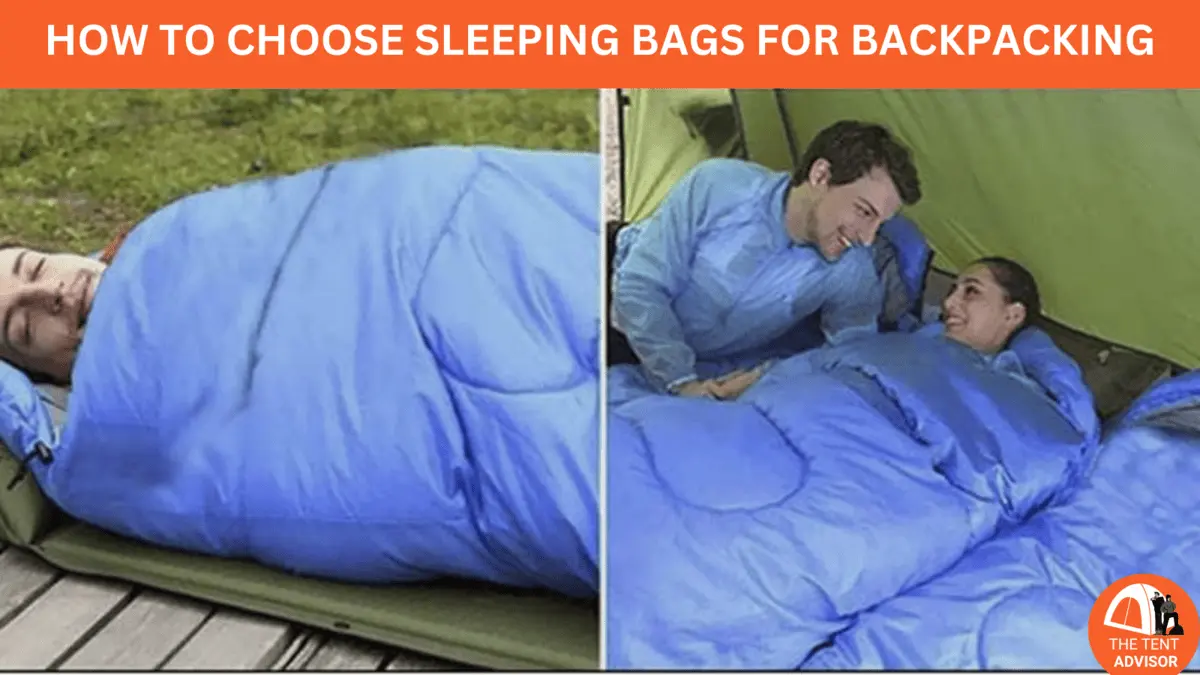Backpacking is a camping/ outdoor recreation activity involving carrying a camping/ hiking kit in the back while on a walk for more than a day. It is usually an extended trip, and it may require sleeping outside.
For long-distance hikers, backcountry travelers, as well as lovers of the outdoors, it is hard to imagine a more essential piece of equipment than a backpacking sleeping bag. It is, of course, easier said than done due to the sheer number of sleeping bags on offer. In this guide, we take you through the entire process on how to of choose a sleeping bag for backpacking , explaining everything from temperature ratings and down or synthetic filling to its weight, packability, shape, and more.
How to choose sleeping bags for backpacking- Key Considerations
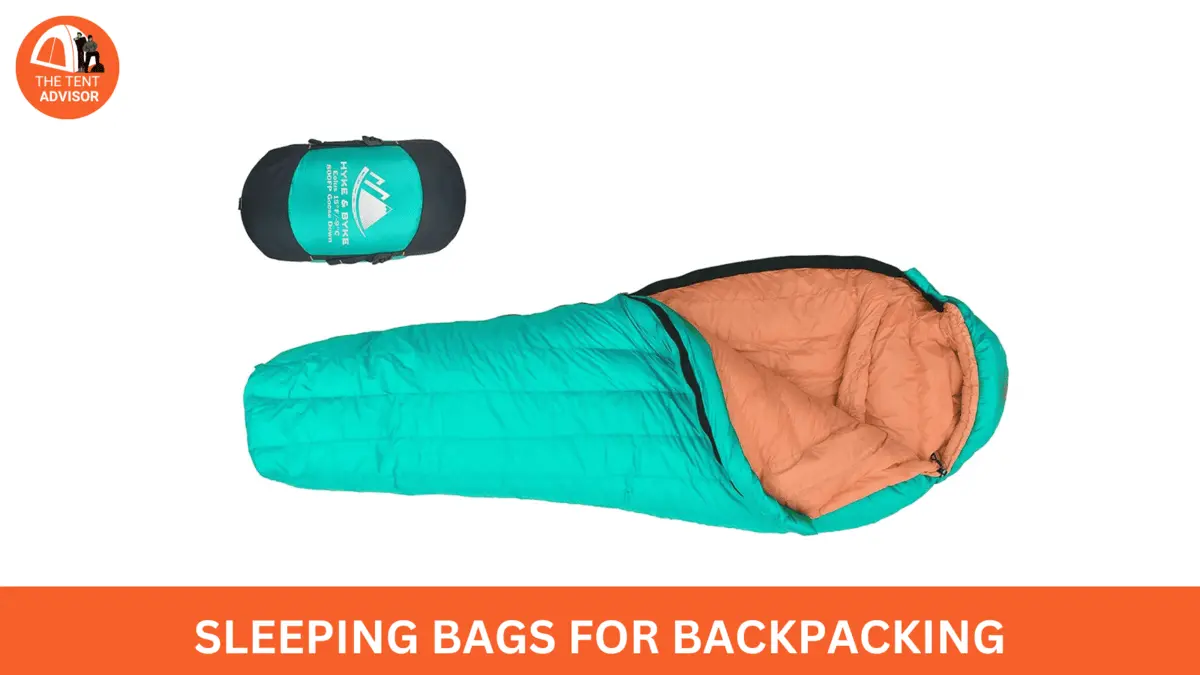
Below are the factors to consider when shopping for sleeping bags for backpacking.
Temperature and Warmth
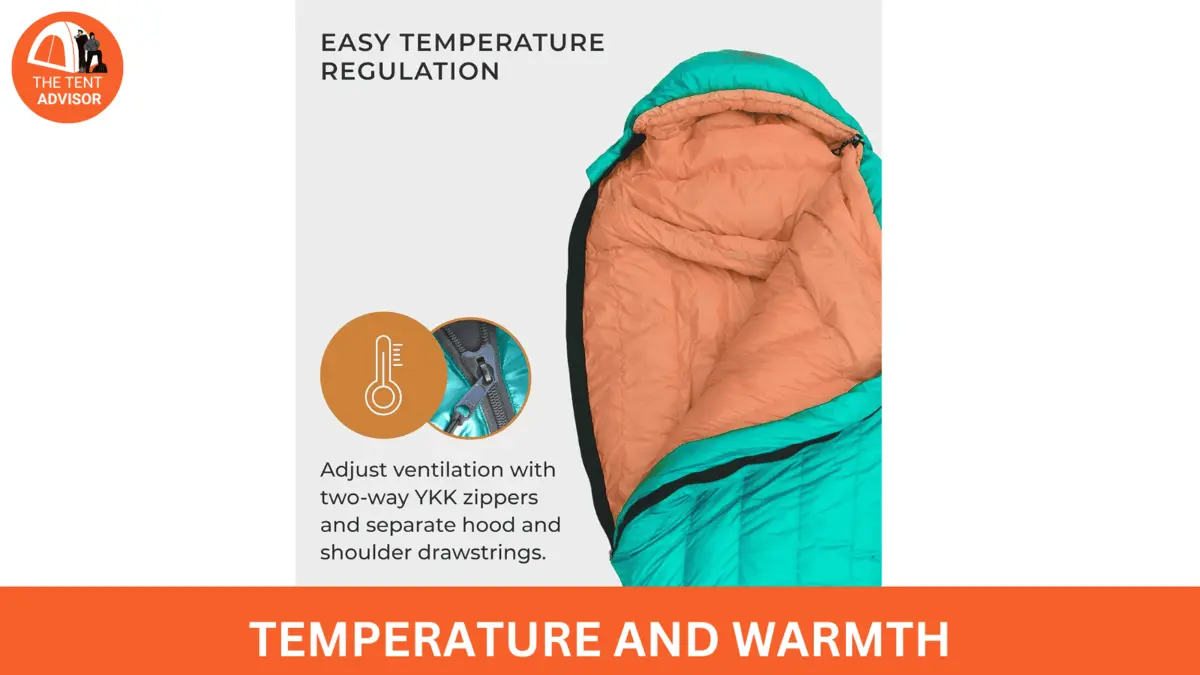
If you have ever spent a night outside when it is chilly, you can understand that a person would want to have a sleeping bag which is thermal enough. Temperature rating is a very important aspect of a bag that an individual is purchasing, with almost all the models containing two of them: the ‘comfort’ and the ‘lower limit’ (glad if you’re aware of these terms ISO and EN rated –the slash indicates that both EN and ISO are rated) En is the old standard but ISO to a degree comprises the new one.
The comfort rating means the temperature at which an average cold sleeper would feel comfortable, while the lower limit is intended for the warmer sleeper. The bags for men tend to take the advertising law of the lower limit. In terms of women, however, their bags are fared with the comfort rating. For instance, the men’s REI Magma 15 has an ISO lower limit of 16˚F, and for women, though has an ISO comfort rating of 17˚F.
These evaluations are interesting points of view; in any case, it is the user rather than the producer who determines how comfortable a bag is, and comfort depends on many factors: the size of the bag, condensation, R-value of the sleeping mat and so on. If an individual regards himself as a warm sleeper, a less heavy bag is sufficient, while cold sleepers must take in a relatively warmer one. One simple rule of thumb is to always buy a bag with a temperature rating lower than the expected usage temperature.
For example, suppose the external conditions are cold enough and on the verge of freezing; using a 20-degree bag rather than a 30-degree one makes sense as it offers a greater margin of safety. When it’s too hot, you simply unzip your bag rather than obtain it when wrapped up in a quilt during cold seasons in a house.
Some companies, like Feathered Friends and Western Mountaineering, do not use tools like EN or ISO ratings, which makes it more difficult to assess their products in relation to one another. However, these companies usually do not overestimate their ratings, and their bags end up being warmer than their rivals. To further your understanding, please read our article on the temperatures at which sleeping bags can be used.
Down versus Synthetic Filling

Another important parameter is the sleeping bag’s filling, which may be down or synthetic. This choice influences the bag’s temperature rating, packability, and weight. Down differs from other insulation materials because it comprises the feathers and fur of birds like ducks and geese; synthetic fill mainly consists of polyester. Each has its merits and demerits.
Down is a special material because it provides heat without adding extra weight, which means an orientation towards lightweight, warmth and high compressing ability. It is also quite more than.
Weight and Packability
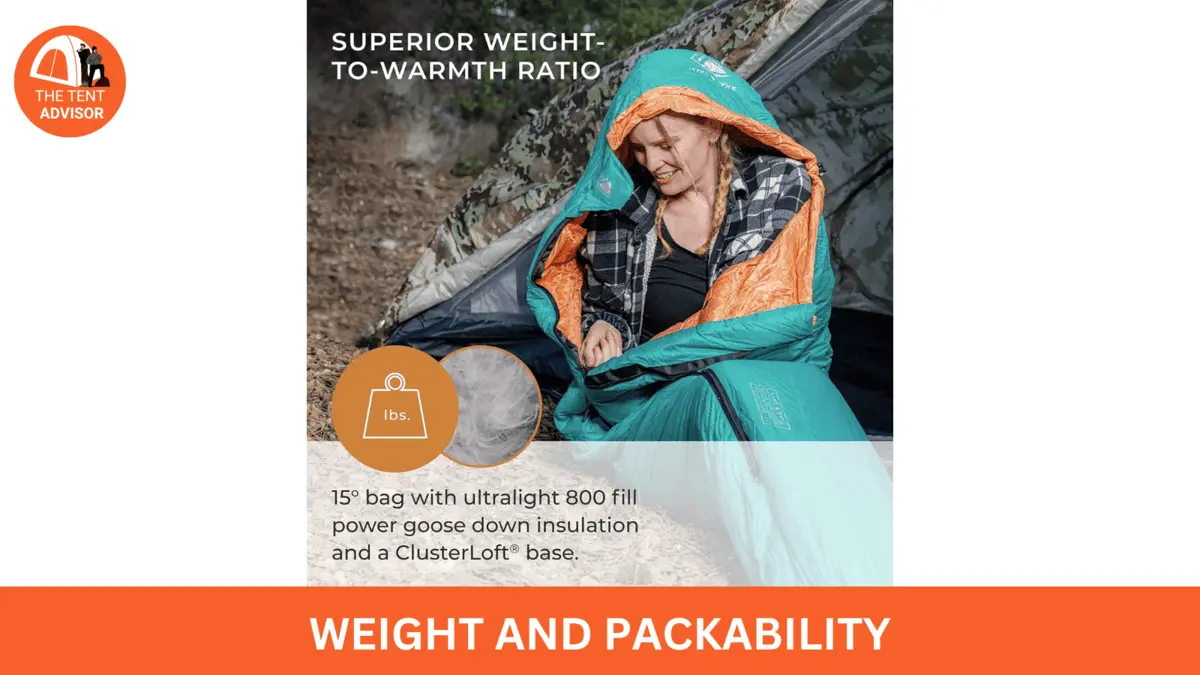
As your travels and other adventures become more exciting and extreme, weight and packability of your sleeping bag for camping become more significant. Regarding light and more compressible bags, one should look for high fill power low, denier shell fabric with a warm temperature rating and weight relative to the temperature rating and a mummy bag shape.
For example, Western Mountaineering High Light (costing $360), 850 fill down, 35-degree degrees F and weighs 1lb mummy bag. On the more modest side, the Teton Sports LEEF costs $75 but is a heavy 3 pounds 8 ounces and imports thicker, less efficient synthetic fill. 3-season down bags for backpacking are most times 2 pounds or less.
With all ultralight gear, there are always pros and cons. The last category are substitute expensive bags, but speaking of down sleeping bags, these are the most expensive ones. It will also tear or snag easily due to its thin shell fabrics. Zippers are mechanical devices that rely on many interlocking teeth and, most of the time, tend to jam. But these trade-offs are often good enough for dedicated trekkers who are weight-obsessed and want a compact pack.
Shell Denier and Durability

Shell denier, or D for short, is another essential element of the manufacturers. The lower the denier, the less the outer shell material. However, some ultra-light sleeping bags like the Feathered Friends Tanager go to as low as 7D so that you can see the feathers beneath the shell. Many tools are designed to lift those bits, but such bags are most prevalent from 20 to 30D. Most manufacturers of inexpensive sleeping bags have settled for very safe 20-30D for them. However, more tactical bags, like the Marmot Trestles, are more robust than 70D.
However, for outerwear, it is about the denier; Denier is least important for
Sizing and Fit
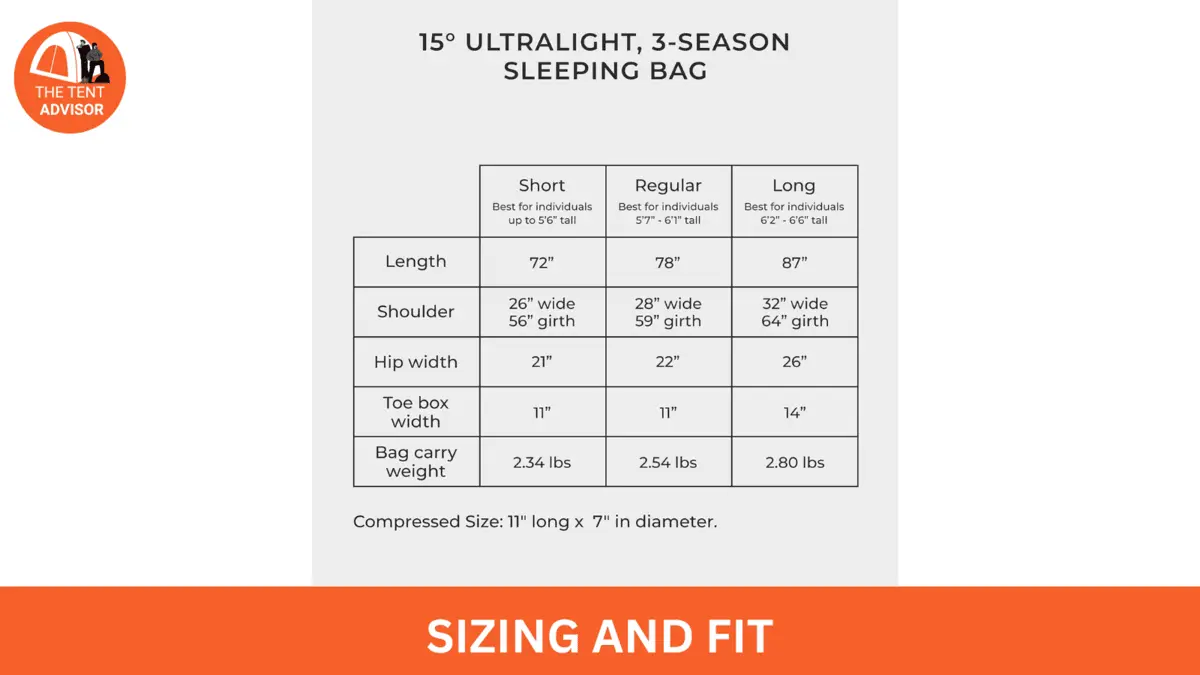
Sleeping bags are available in several sizes and usually come in a petite-of-standing body length for women and men. Typically, the perimeter (maximally taken at the shoulders, hips, and feet) increases as the length does. Women’s sleeping bags are shorter and wider at the hip than the mid and shoulder section of women’s stomach bags and broader and slandered comparatively.
The significant contribution of this feature is the temperature ratings mentioned in the ‘Temperature Ratings’ section above, which relate to women’s factors. Although knowing your body measurements will help you somewhat, the only way to get it right is to go to a retail store and try different bags on.
What is Fill Power?

Fill power is classified as fill within a specific range, e.g.’ 600-fill down’ or ‘850-fill down’, which essentially denotes the degree of lofting or insulation or the ability of the down to retain warmth as a sponge. This is how much down would fill a one-ounce tube situated in that tube with the low mark of approximately 550 and the high mark of 900 figures.
The greater the fill power, the poorer the insulation, weight and compressibility and the more the up fill. The cost of higher-fill power bags indeed increases; however, the bags are warmer and better packable than that of lower-fill power.
Hydrophobic Down and DWR
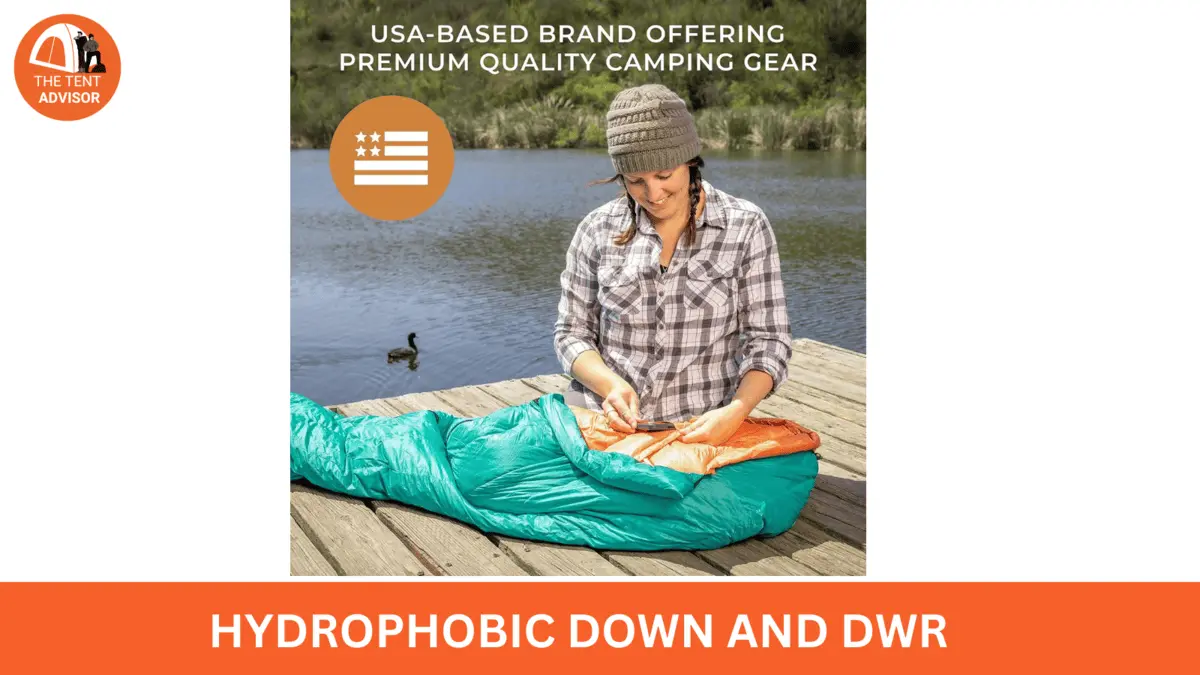
Down insulation is only effective when dry. Several manufacturers supply hydrophobic down, with a polymer coating on the fibres to make them more water resistant. Even though hydrophobic down is better at repelling water, it is not up to the task, so care should be taken in wet conditions to keep your bag dry.
As an added feature, most sleeping bags also have durable water repellant (DWR) treatment applied to the outer cover, facilitating water bead formation and rolling off. Heavy downpours cannot be prevented by DWR alone but instead reduces mud and wetness from soaking tent floors or wet snow. Remember that DWR has a lifespan and will eventually wear off but can be replenished with products like Nikwax.
Additional Features to Consider
Some sleeping bags are designed to include extra features such as pillows and pad sleeves, stash pockets, or lightweight anti-snag zippers to increase comfort when using the bag. These features may bring additional comfort to you but may also add more weight to the bag than what it was designed for. Therefore, examine your concerns when choosing features.
For more advice on sleeping pads read on our guide How to chose sleeping pads
Cost
Cold-weather sleeping bags used for backpacking can be found at diverse price ranges. You can find cheap models priced at less than 100 dollars and high-end models for several hundred dollars. The more expensive bags are usually constructed with more lofted fabrics, making them thermally efficient and lightweight.
Nonetheless, cheaper alternatives are readily available, too. For example, the Kelty Cosmic 20, costing slightly less than 170 pounds, is rated to 19 degrees Fahrenheit and weighs 2 lbs 6 oz, making it the best value for money as far as most 3-season camping is concerned.
Weather improvements have seen manufacturers eliminate a few features, for example, full-length zippers and hoods, to save weight. Several ultralight sleeping bags feature a partial zipper, and many others have no zippers and hoods. All these ways help to decrease the weight of the bag, but they lead to more discomfort and limitations in usage. If there are no zippers, the use of the bags becomes limited because there are no means of ventilation, and headless bags tend to result in a state whereby the person feels cold. These features of this bag emphasize more on those who like to do ultralight travel, which is reducing weight than enjoying comforts.
proper care and maintenance is important for long life span of backpacking sleeping bags . To get detailed information read sleeping bags care
You can use Sleeping Quilts as an alternate
The sleeping quilts are embroidered stealthily in the light fabric’s compartments, attracting the attention of ultralight hikers. However, quilts have downsides too: not as warm, prone to drafts and a bit more of a setup. You will also be required to sleep on the sleeping mat, cutting down comfort levels. For warm weather on Mars, quilts might work very well. However, a lightweight mummy bag or a hoodless sleeping bag would be a better option for most backpackers. For further clarification, look at the article on sleeping bags versus quilts.
How to choose sleeping bags for backpacking-Final Verdict
How to choose sleeping bags for backpacking, The process of selecting an appropriate portable sleeping bag for hiking essentially comes down to prioritizing the type of insulation, temperature rating, weight, and contoured shape of the bag to objectively meet your demands and desires. There are lightweight down bags available, which some climbers prefer to use because of their excellent down-to-weight and packability ratios while increasing the longevity of use of such gear.
On the other hand, synthetic insulation bags do well with moisture and take less time to dry, making them a good option for unpredictable weather or for users starting to learn how to hike. To maximize performance, always pick out a sleeping bag with a temperature rating that is more excellent than the expected temperatures for cold weather or, more so, the working areas. As long as you are comfortable and well-protected in the most appropriate sleeping bags of your choice on your trips outdoors therefore, sleeping satisfactorily can be done in peace amidst nature.
FAQs : How to choose sleeping bags for backpacking
What are the different types of sleeping bags?
The most popular five types are:
Rectangular: Offers maximum space and luxury but minimal heat retention.
Semi-rectangular: Blends a semi-rectangular shape with a mummy sleeping bag, giving comfort and warmth.
Mummy: Designed to be tapered to avoid heat loss and help reduce weight, it is suitable for use in extreme weather.
Double: Used for two-person settings, mostly during car camping.
Kid-sized: Smaller and spread less weight, targeted towards kids.
What material is suitable for a sleeping bag?
Nylon, polyester, or taffeta: These materials are rugged, lightweight, breathable and moisture-wicking and are used in backpacking and camping bags.
Silk: Warm, light and breathable, brittle and pricey.
Brushed cotton, flannel, or fleece: These are warmer but bigger and not compressible, and they are used for recreational and car camping bags.
Can I take a normal sleeping bag on a backpacking trip?
Sure, but it’s best to take a backpacking sleeping bag if you bear the load. Backpacking bags are lighter and compressible as they are made to be carried compared to the usual camping bags, which are thicker and weightier.
What is the appropriate weight for a sleeping bag when backpacking?
The comfortable weight for a sleeping bag suitable for backpacking is believed to be as **between 2 to 4 pounds (0
What class of sleeping bag do you require?
The temperature rating you need primarily depends on the season. Look for sleeping bags rated at 30°F warm weather gear and higher for summer camping. For 3-seasons rated sleeping bags, a temperature range of 15F to 30F is recommended. During winter camping, choose a bag rated 15F or lower for warmth during cold climates.
